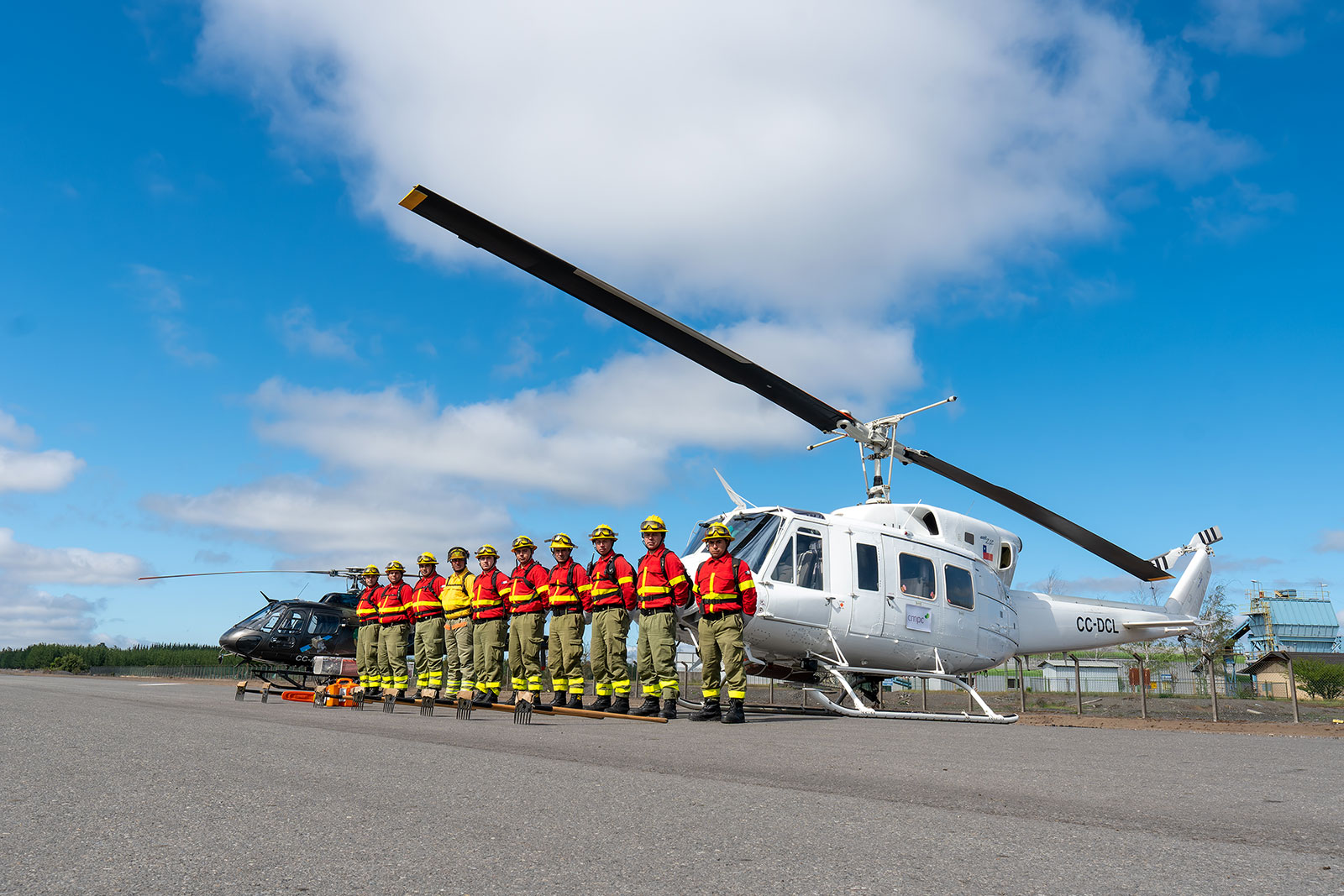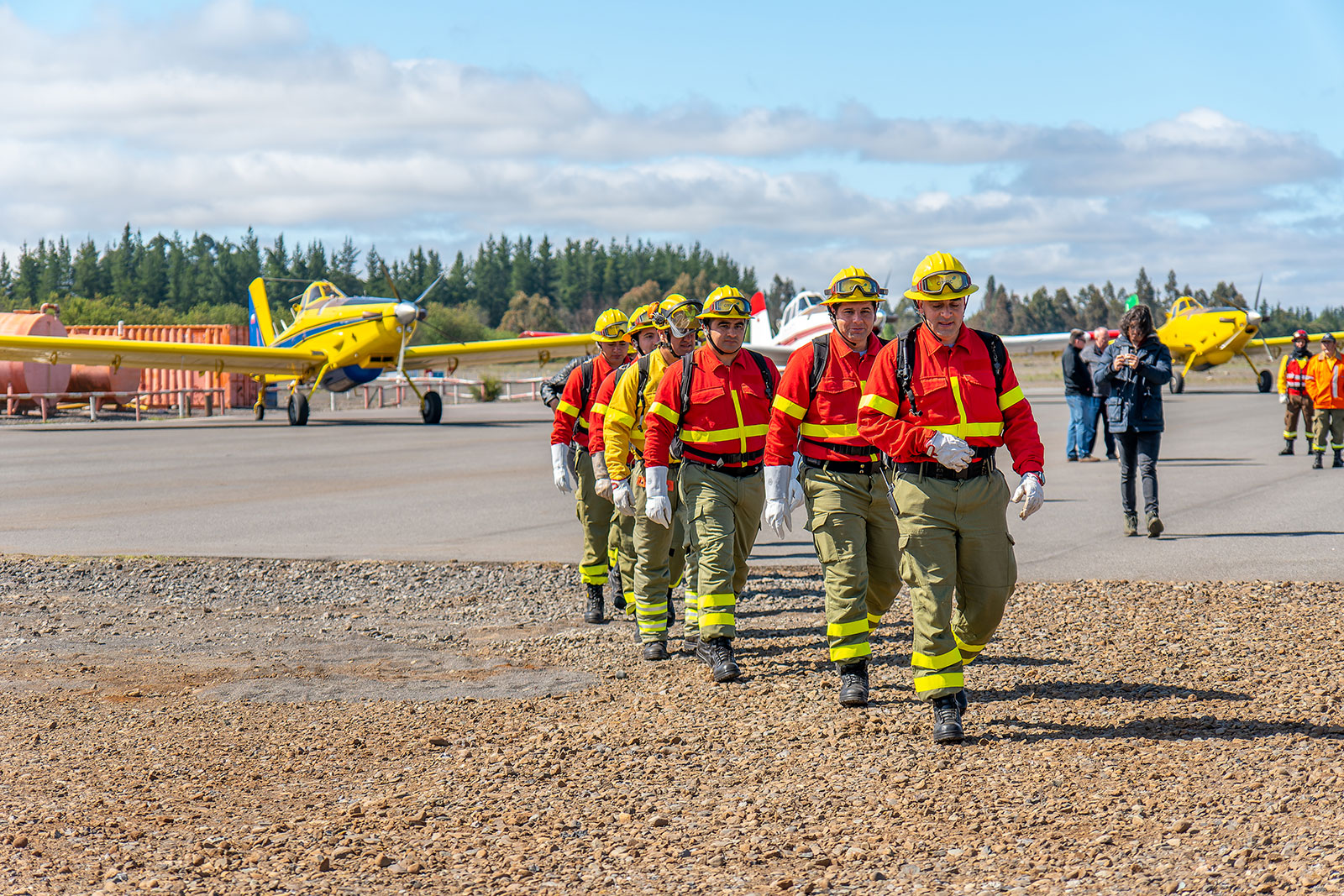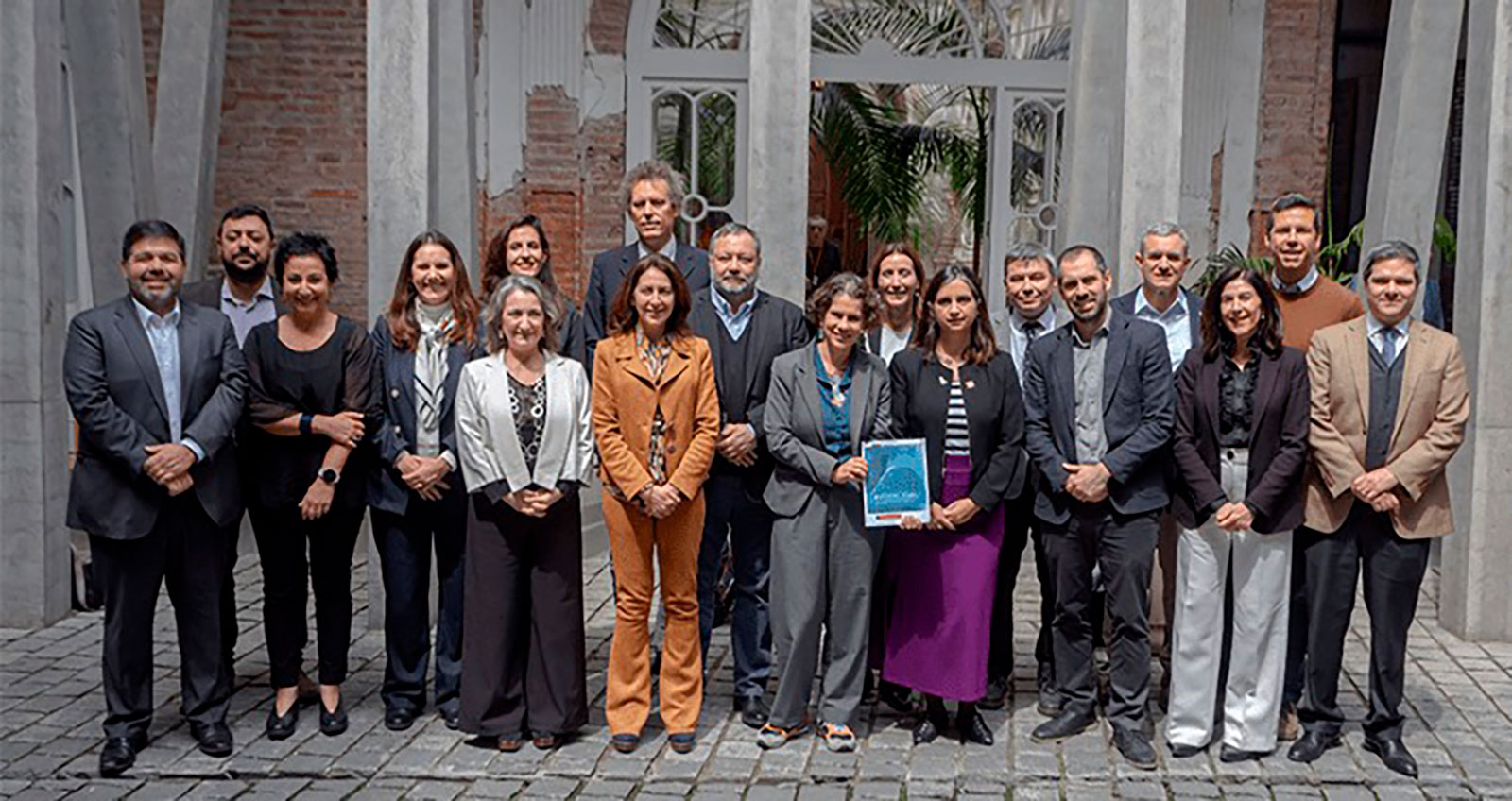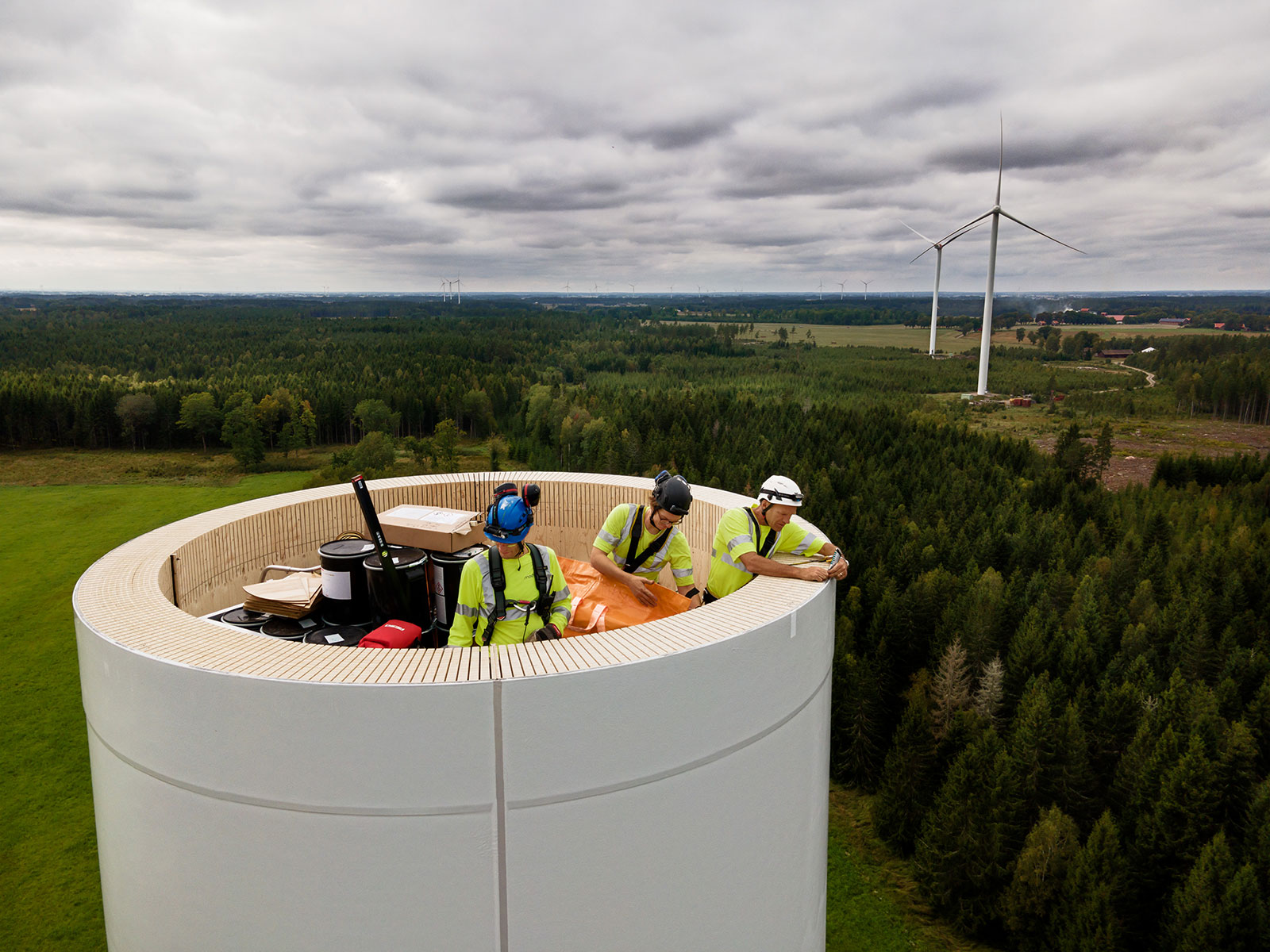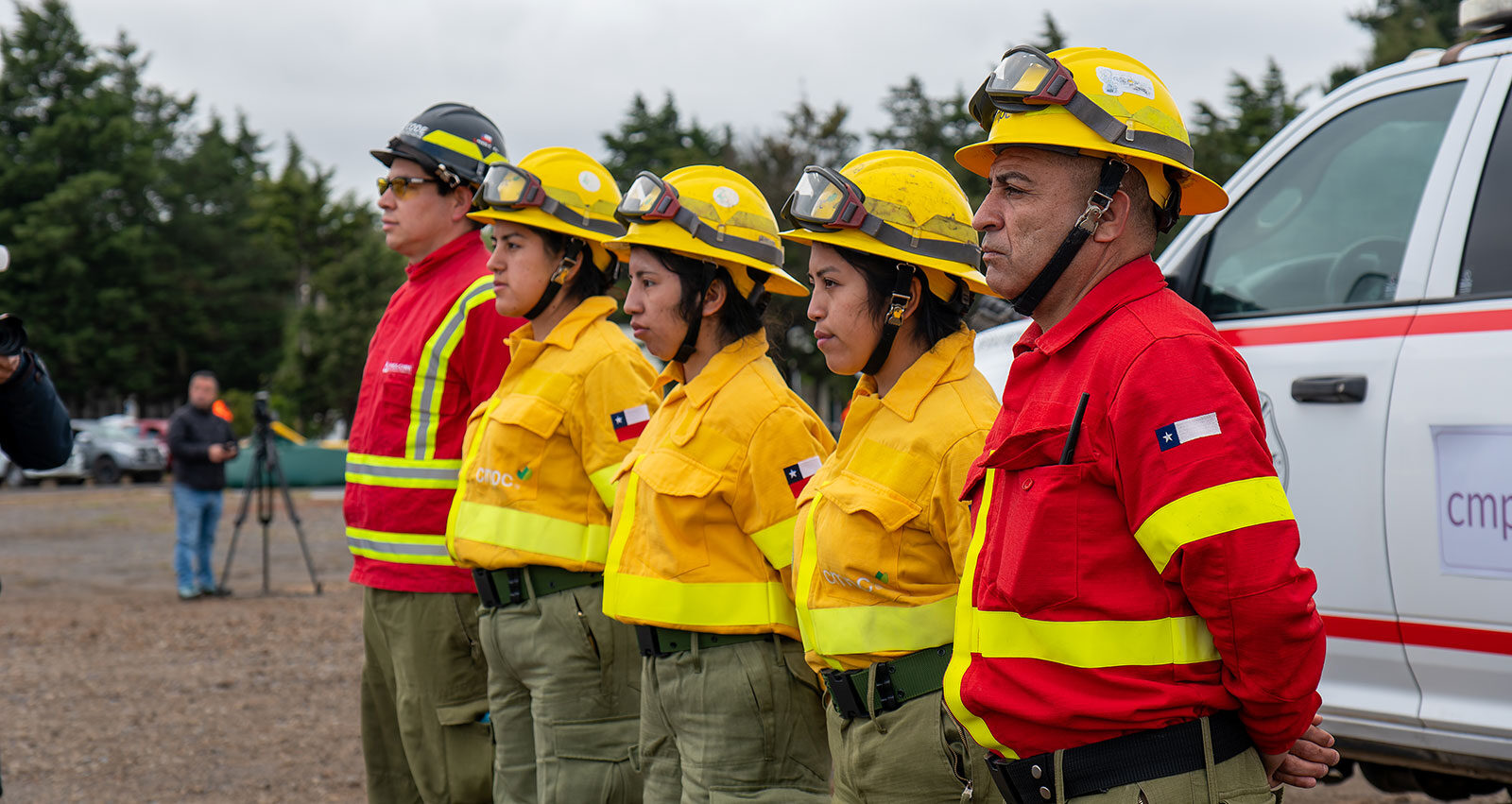
63% of Fires Fought by CMPC in Chile Occur on Neighbors’ Lands
08 de February, 2024
During this season, the Company responded to 436 emergencies in the central-southern region of Chile, using both ground and aerial resources.
Five fires per day
CMPC’s fire prevention and combat team has been faced with this type of complexity from December 1st through February 5th. In that period, 347 emergencies have taken place, with the majority occurring on neighbors’ and private property.
Since July 1, 2023, the Company has responded to 436 fires, of which nearly two-thirds – 63% – have occurred on properties other than those owned by CMPC.
Recently, the Chinook helicopter was deployed to the Valparaiso Region to extinguish fires. As a result of three days of operation, the American-origin aircraft dispensed over 350 thousand liters of water. On the ground, operations were led by CMPC’s Female Brigade 811, which specializes in firefighting at the urban-rural interface, where the coastal region incidents occurred.
In addition to the brigadiers and the Chinook, an extensive human and technical team of over 1,300 people is included, as well as 23 aircraft and cutting-edge technologies such as Gesfire software, developed in collaboration with the University of Concepción. By analyzing meteorological variables (temperature, humidity, wind speed) and topographical factors, this software is capable of modeling and predicting fire behavior.
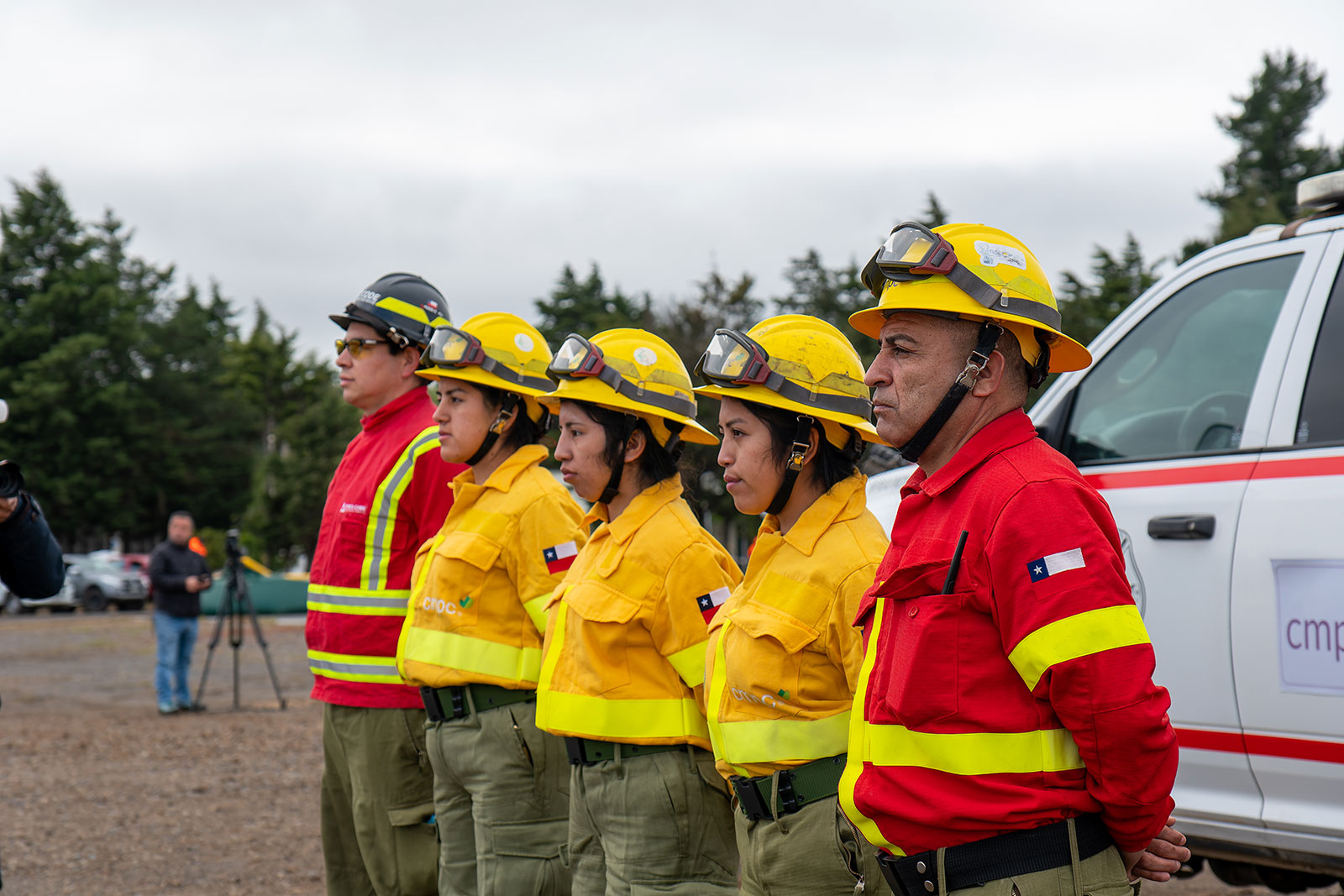
In addition to the Chinook, CMPC operates three other heavy helicopters: two Super Pumas and one Kamov. All possess similar characteristics, namely, a cargo capacity of about 4 thousand liters of water through their basket, great versatility, and agility – essential features for firefighting in Chile due to the mountainous terrain and thousands of ravines where emergencies often occur. As part of the Company’s aircraft fleet, it has 9 tanker planes, 2 coordination planes, a coordination helicopter, and 7 medium helicopters for transporting brigadiers and firefighters. By utilizing all aerial resources and tanker brigades, CMPC’s protection program can drop 7 million liters of water each day.
There are approximately 500 water supply points strategically located in the Maule, Ñuble, Biobio, and La Araucanía regions, which are crucial to maximum firefighting effectiveness.
Additionally, there are 1,800 helicopter take-off and landing pads as well as 25 airplane runways (10 owned and 15 in collaboration with Conaf and Corma).
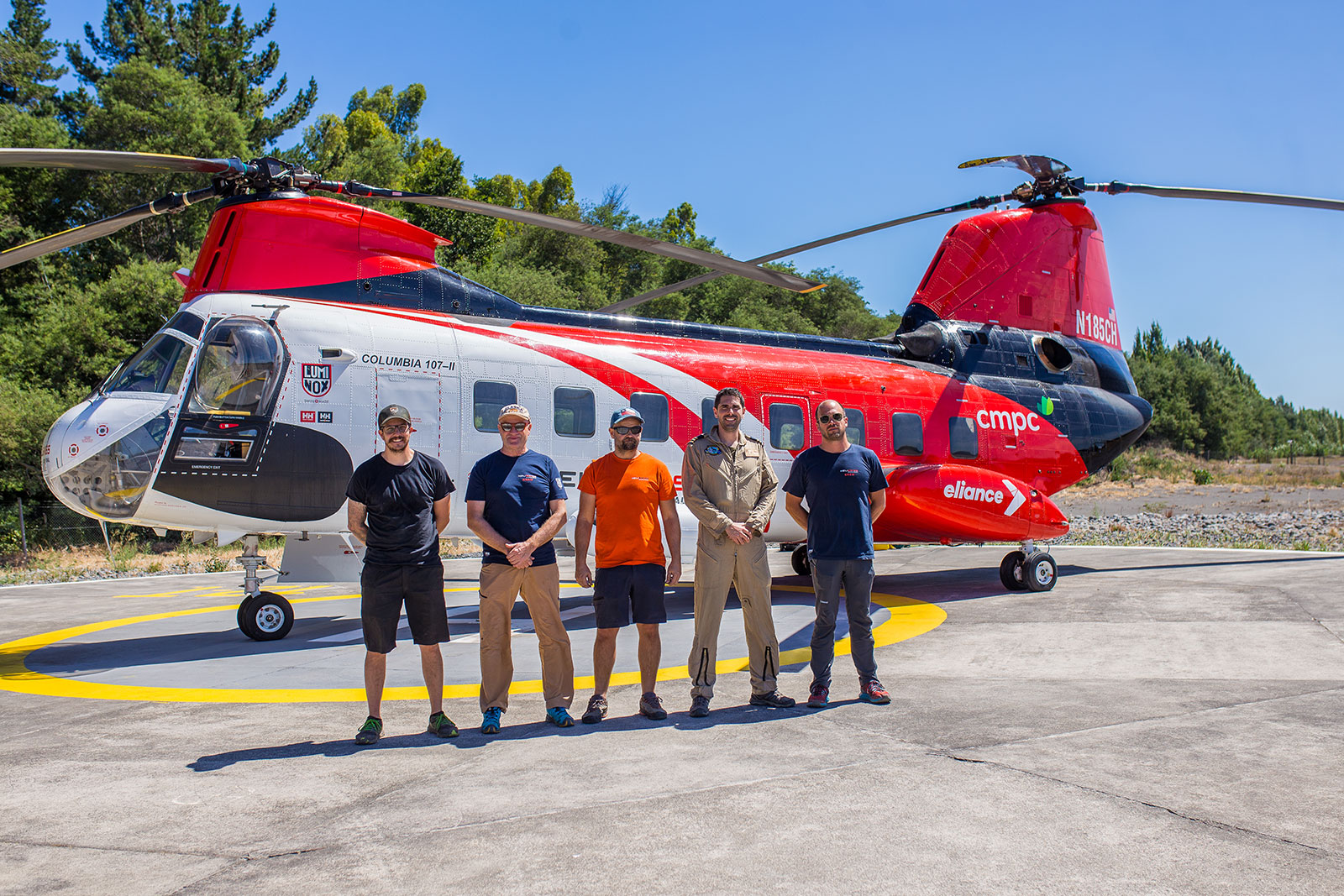
The deployment of six command posts equipped with state-of-the-art technology and communications, strategically located, has enabled early monitoring of these incidents via optical and satellite remote sensing, which has resulted in better emergency management.
“The CMPC fire prevention and combat strategy prioritizes people and inhabited areas. Almost two-thirds of the fires our teams have had to combat have occurred on neighbors’ or private lands where we do not have a forestry presence. We are aware that fires are a national tragedy, especially considering their intentional origin. Therefore, we have put all our resources and efforts into helping reduce their fierce impact as much as possible,” says Augusto Robert, CMPC’s Public Affairs Manager.
Prevention
Although the majority of emergencies occur from December onwards, the work begins much earlier. Last summer’s mega-fires, which caused the deaths of 26 people and damaged nearly 500 thousand hectares in the country, prompted CMPC to intensify its prevention programs.
These measures include the creation of the largest biological corridor in Chile. This corridor covers the Biobio and La Araucanía regions, with a width of over 100 meters and a length of 140 kilometers. As a result, native species have been able to adapt to changes in the environment and have continued to persist over time despite human activity, land use fragmentation, and climate change. The corridor will cover a total area of 818 hectares, of which 350 will be converted into native forest.
Furthermore, more than 14 thousand dikes and dissipators were built, spring protection areas and watercourse protection areas were expanded, and more firebreaks were constructed, reaching a length of 5,200 kilometers, to interrupt the continuity of forests and prevent flames from spreading toward inhabited areas.
Through the Community Prevention Network, 447 committees have been formed from the O’Higgins to Los Rios regions. In alliance with CMPC, 100 of these committees were created, generating over 4,800 measures to prevent forest fires.
Similarly, CMPC has implemented Multipurpose Brigades. The company has organized 100 teams of local residents equipped with water trucks and fire retardants to provide a first response to fires that may occur at the urban-rural interface of southern Chilean municipalities.
Over 800 volunteers have been trained by CMPC in 40 local fire companies in the southern region of the country.
The Company’s prevention and combat budget for this season is $40 million, approximately 15% greater than last year.
